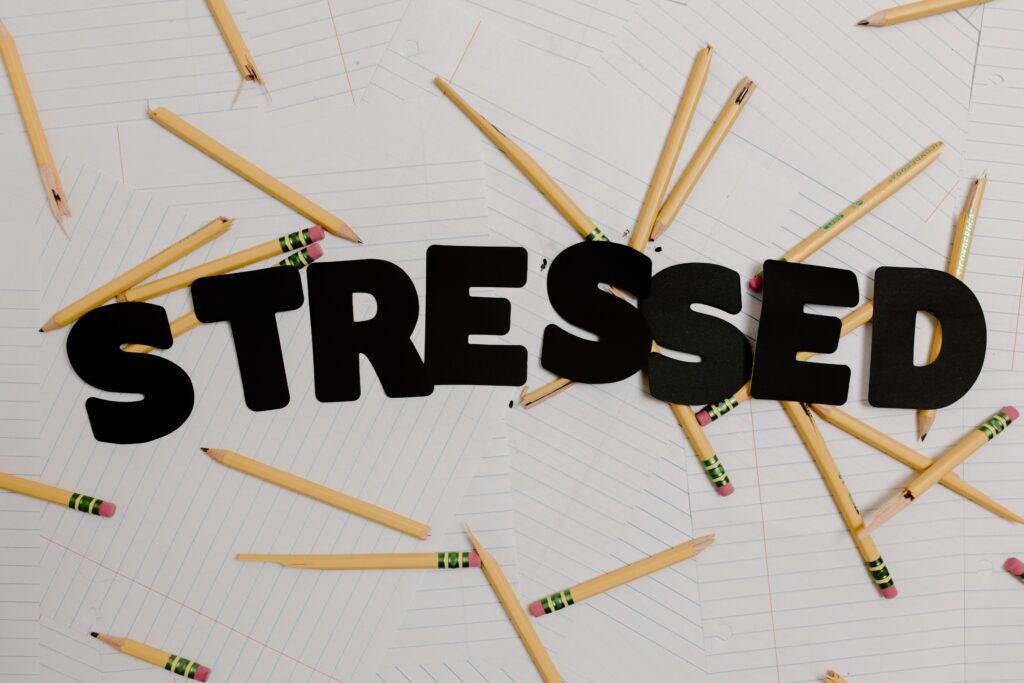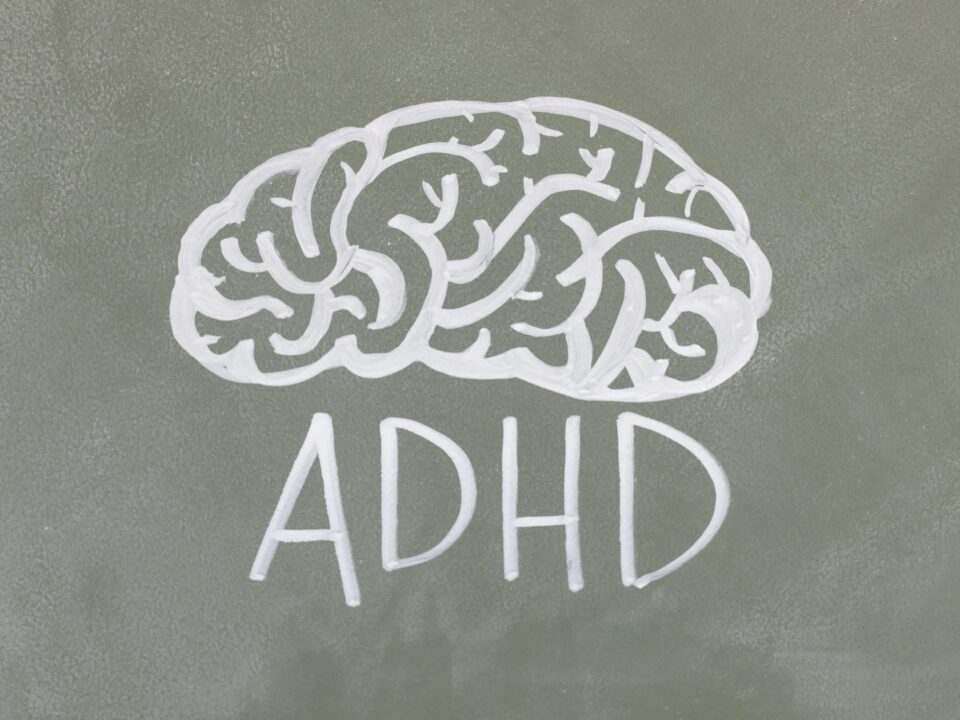6 Common Myths about Dyslexia

Featured image by Hasan Albari, Pexels
Dyslexia is a learning difference that affects how people read, write, and spell. Characteristics of dyslexia include difficulties in phonological awareness, verbal memory, and verbal processing speed. About 1 in 10 people in the world have dyslexia. This is equal to 780 million people.
Adolph Kussmaul first identified dyslexia as ‘word-blindness’ in 1877. In 1887, Rudolf Berlin coined the term ‘dyslexia’. Since then, there have been many myths about dyslexia. People have made these myths partly due to “rather large holes in our collective knowledge” according to Sharon Vaughn and Jack M. Fletcher in their article for American Educator. They also state that “We know more about the science of reading than the science of reading instruction.”
Common myths about dyslexia
Myth 1: Dyslexia can be outgrown.

Image by Migs Reyes, Pexels
Dyslexia is a lifelong diagnosis. Yearly monitoring of phonological skills from the first year of compulsory education to the last year shows that dyslexia persists into adulthood. Although many dyslexics learn to read accurately, they may continue to read slowly and not automatically.
While children do not ‘outgrow’ dyslexia, many overcome the problems that are associated with dyslexia.
An adult with dyslexia who has learnt to read is still dyslexic. Despite this, they have acquired the skills that they previously found difficult. If a dyslexic person performs well on a reading test for example, some testers might conclude that they are not dyslexic, but this merely reflects the limitations of such testing. The person’s overall style of learning and thinking has probably not changed.
Myth 2: People with dyslexia read and write letters in reverse.

Image by Tara Winstead, Pexels
Some children with dyslexia write letters backwards and some don’t. Letter reversal is not necessarily a sign that a child has dyslexia.
Young children commonly reverse letters whether they have dyslexia or not. They can confuse ‘b’ with ‘d’ for instance. If a child is still reversing letters by the end of their first year of compulsory education, it may signal the need for an evaluation.
While the characteristics of reading and writing backwards may be part of the problem with some dyslexics, they are not the most important or most common attributes. The Georgetown University Professor, Guinevere Eden, credits the term for the pervasive misconception that people with dyslexia read and write backwards.
Myth 3: Dyslexia is a result of poor vision.

Image by Ksenia Chernaya, Pexels
The myth of dyslexia being a result of poor vision could stem from its original name of word-blindness. Research has shown that dyslexia is a language-based diagnosis that affects the brain’s ability to process the sound units of language like phonemes. This frequently leads to difficulty in the accurate and automatic links of sounds to their corresponding letters, thus resulting in delays in reading development.
Although vision problems can interfere with the process of learning, they do not cause or result in dyslexia. Dyslexia may ‘look like’ a vision problem on the surface, but visual processing is a higher cortical function. While vision is fundamental for reading, the brain must interpret the incoming visual images.
Myth 4: People with dyslexia need to read more.

Image by RF ._.studio, Pexels
Dyslexia is not the same as a ‘reading disability’. Although most dyslexics have difficulty with reading, their brains can master the skill of reading. Most dyslexics also need to learn in a different way and in a different time frame from neurotypical learners. Furthermore, there is a mismatch between the way dyslexic brains work and the educational expectations of the society they are born into. Nevertheless, reading is a skill that dyslexics can learn. While some dyslexics will usually become proficient readers, others may not.
Research shows that reading can change the brain over time. Although effort has nothing to do with this, it is the type of instruction that makes the difference rather than how people try. With good instruction and practice, people with dyslexia can make lasting gains in reading.
Myth 5: Signs of dyslexia don’t appear until primary school years.

Image by Anastasia Shuraeva, Pexels
Signs of dyslexia in children can appear from as young as three years old, or even earlier.
While all children learn how to talk in their own way and at their own pace, a delay in starting to speak could indicate dyslexia.
Other signs of dyslexia in young children include:
- Problems with rhyming
- Not recognising the letters in their own name
- Not using the correct word for a specific object
- Difficulty with sequences, such as reciting the alphabet, following instructions, and telling stories.
When children start primary school, they can experience the following signs of dyslexia:
- Confusing letter shapes and sounds
- Making mistakes when reading aloud, such as saying a synonym for the word on the page or skipping prepositions
- Trouble with knowing their left from their right.
- Problems with spelling
- Difficulty describing or discussing what they have read.
- Finding books boring or frustrating
- Having difficulty with sounding out new words
- Switching up the sequence of letters in a word
Myth 6: Dyslexia is a medical diagnosis.

Image by Polina Tankilevitch, Pexels.com
The professionals who are trained to evaluate dyslexia are more likely to include psychologists, special educators, and speech and language therapists.
The reason dyslexia is not a medical diagnosis is because it is a brain-based processing difference. The way the brain is ‘wired’ makes it harder for dyslexics to learn in a traditional manner. Dyslexia does not require medication and there are no medical interventions that will help.
Despite the neurological nature of dyslexia, neurologists rarely assess it. The first visit to a neurologist usually takes 30 – 40 minutes. Most of this time is taken by gathering a detailed history about the person and their problems. Any remaining time will involve the person going through a series of neurological-function screening tests, such as walking along a straight line. This allows the neurologist to detect any neurological irregularities. A diagnosis of dyslexia, by contrast, requires an academic evaluation.
Dyslexia cannot be outgrown, people who have it do not read backwards, it is not a result of poor vision, those who have it can learn to read in a unique way and its signs can appear in children who are younger than primary school-age. It is also a neurological diagnosis rather than a medical diagnosis.
Dyslexia quiz
If you think you have dyslexia, please take our online dyslexia test. Please note that this quiz is not intended to diagnose dyslexia. Only a qualified professional can make a formal diagnosis.
Useful links
Types of dyslexia
The difference between dyslexia and dyspraxia
How can dyslexia affect emotions




